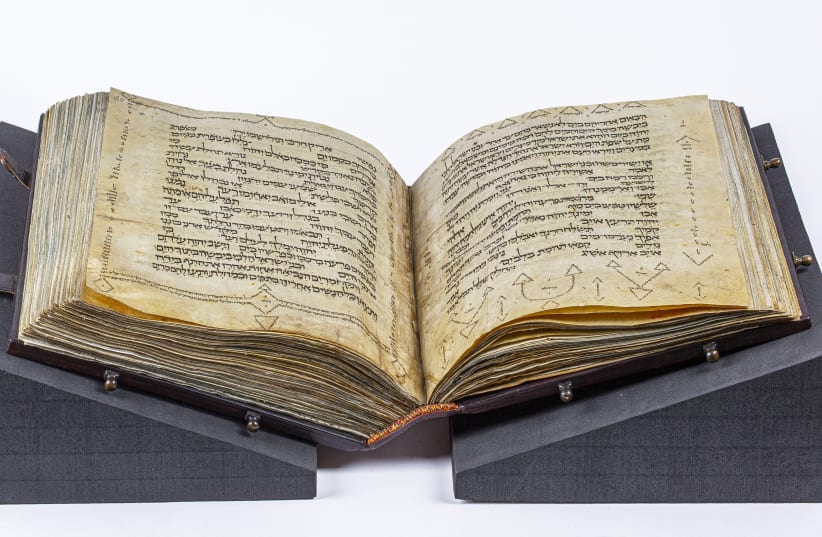We are instructed in this portion to count the omer. The second night of Passover we begin. The seven weeks between the Exodus and receiving the Torah at Sinai is the time of counting.
The omer is a period of mourning, as according to the Talmud Rabbi Akiba’s students were stricken by a plague at this time (some speculate that the mourning is related to the rebellion against Rome). The omer is also agriculturally significant, as it marks the time between the first sheafs (omer) of the barley harvest and the final harvest.
There is therefore theological significance, historical significance and agricultural significance to this time of year. It also has a cast of sadness, which is perhaps why our parasha also outlines mourning practices for the priests. The secret that binds all of this together is the word “moed.”
The sanctuary is called the “ohel moed” the tent of meeting. That is where Aaron and the priests preside over the offerings. In our parasha we are told of the moadim, the festivals, which mark sacred Jewish time. “Moed,” “moadim” – the same word is used to express sacred space and sacred time. Similarly, in Hebrew the word “olam” means both the world and eternity.
When we consider the two phenomena in our lives, place and time, we recognize that the essential difference is that place can be revisited and time vanishes. You cannot go back to yesterday, but you can revisit the place you were yesterday. Moed represents both time that disappears and space that endures.
The closest we can come to revisiting time is to reenact that which has passed, again and again. The Shabbat, which celebrates Creation, or the Passover, which recalls the Exodus, is a revisiting in time. That is why Abraham Joshua Heschel called the Shabbat a sanctuary in time – it was a way to make a place out of an event, to make more permanent that which is temporal.
Leaving Egypt was both a wondrous and a terrifying experience for the Israelites. They left the only land they had ever known to wander in the wilderness. The weeks of journey from Egypt to Sinai were therefore a time of uncertainty, just as the harvest is always uncertain – one hopes it will be bountiful, but there is uneasiness. When people are scared or in mourning, not to know where one stands, to be wandering, is doubly disorienting.
What anchors us is a secure place. We are headed toward Sinai where the mountain will be forever etched in Jewish spiritual geography. There Israel will “meet” God, as the ohel moed is the tent of meeting God.
We can now understand why someone in mourning hears God referred to as “Hamakom” – the place. God, forever present, is the place that can reassure and help the mourner.
The ohel moed, the tent of meeting, is not only for priests. There is an ohel moed for Israelites, for they, too, need a place. In Exodus we read: “Now Moses would take the tent and pitch it outside the camp, at some distance from the camp. It was called the Tent of Meeting, and whoever sought the Lord would go out to the Tent of Meeting that was outside the camp (Ex. 33:7).”
There is a place for priests to offer sacrifices and for Israelites to commune with God. The sadness of the omer eases as we head toward Shavuot, toward Sinai. The holidays, moadim, anchor time in repetition. God, who transcends time and space, becomes “the Place” when we need security to comfort us. In each special moed we have the renewed chance to find our place and The Place, Hamakom. ■
The writer is Max Webb Senior Rabbi of Sinai Temple in Los Angeles. On Twitter: @rabbiwolpe.
